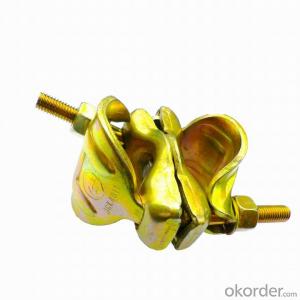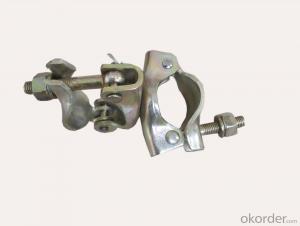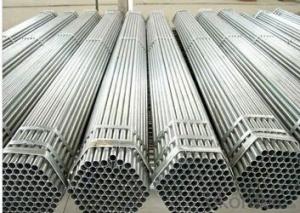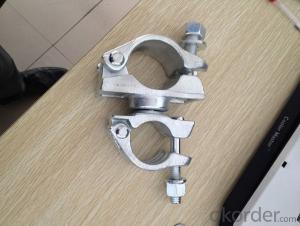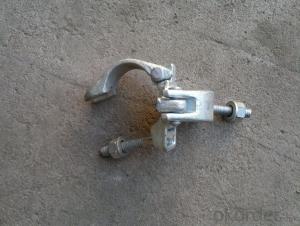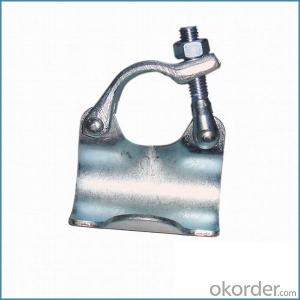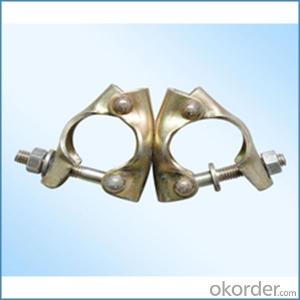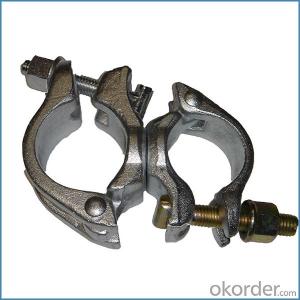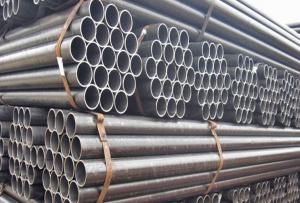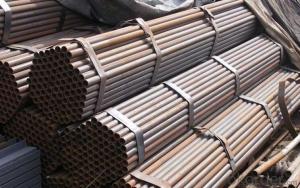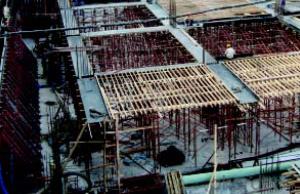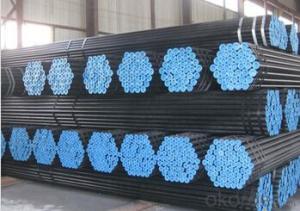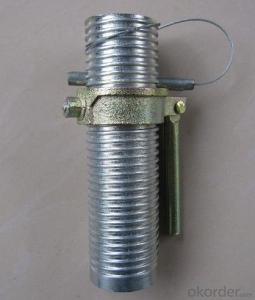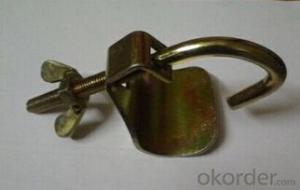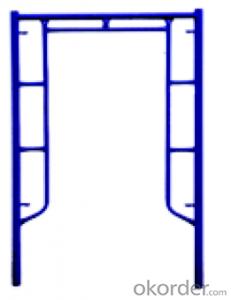Scaffold Toe Board Clamp british German Forged Type
- Loading Port:
- Tianjin
- Payment Terms:
- TT OR LC
- Min Order Qty:
- 1000 kg
- Supply Capability:
- 100000 kg/month
OKorder Service Pledge
OKorder Financial Service
You Might Also Like
Scaffold Toe Board Clamp british German Forged Type
Description
1.The scaffolding coupler is always used to connect the steel pipe as scaffolding system.
2.The often used coupler is swivel coupler and righ angle coupler .
3.We can provide types of scaffolding coupler according to your requirement.
4.Couoler can fix the 48.3mm scaffolding steel pipe tightly and make the whole scaffolding system more steadily.
Feature
(1)Excellent Anti-Breaking—Cold Pressed Steel
(2)Outstanding Resistance Deformation
(3)Strong Anti-Dropping Ability
Photo
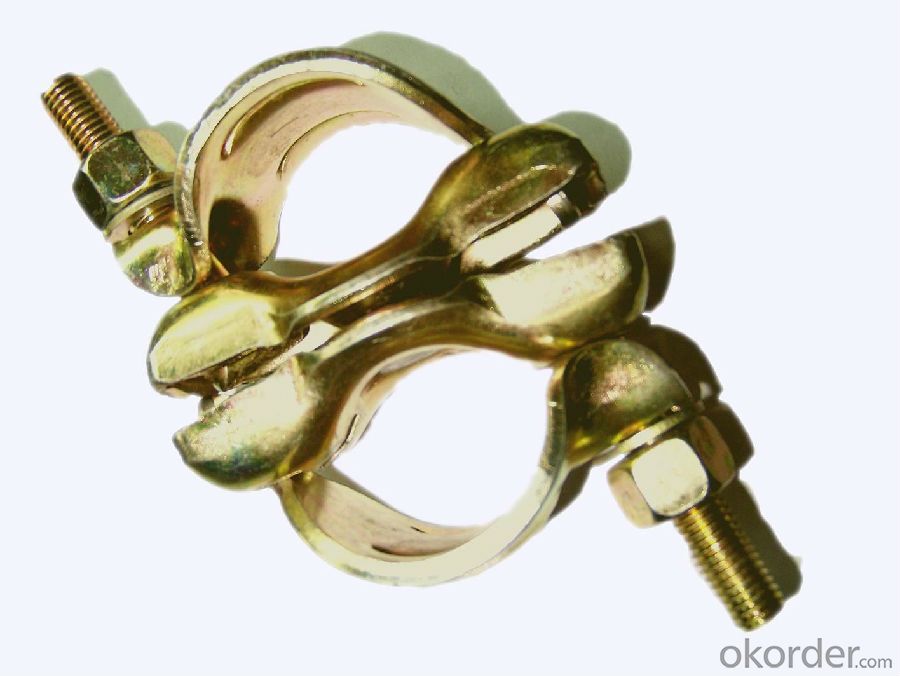
Parameter
| Material | Q235,345steel |
| Size | 48.3mm*48.3mm |
| Surface finish | Galvanized |
| Weight | 1.1kg around |
| Standard | BS1139,EN74 |
| Package | 25pcs/bag,steel pallet |
| Manufacture | As per customer requirement |
| Market | Africa, South America, the Middle East and Asia |
FAQ
Q: Are you a factory or trading company?
We are a state-owned corporation in China,dealing with various kinds of building materials.We have our holding subsidiaries.
Q: Where is your factory located? How can I visit there?
Our factory is located all around China.
Q: Can I get some samples?
Sample is free, customer only pay freight for the first time.
Q: Delivery?
10-30days. (5-15 containers)
Any question,feel free to contact us.
- Q:Can steel tube couplers be used in scaffolding projects that involve working at great heights or extreme weather conditions?
- Yes, steel tube couplers can be used in scaffolding projects that involve working at great heights or extreme weather conditions. Steel tube couplers are a popular choice in scaffolding due to their strength, durability, and ability to withstand heavy loads. They are designed to securely connect steel tubes, providing a reliable and safe framework for workers to perform their tasks. When working at great heights, safety is of utmost importance, and steel tube couplers offer a robust solution. They are engineered to provide a secure connection that can withstand the forces and stresses associated with working at elevated levels. Additionally, steel tube couplers are tested and certified to meet industry standards, ensuring their reliability and safety. In extreme weather conditions, such as strong winds, rain, or snow, steel tube couplers continue to maintain their integrity. The durable nature of steel makes it highly resistant to weather elements, ensuring that the scaffolding structure remains stable and secure. Couplers made from high-quality steel are also corrosion-resistant, minimizing the risk of degradation due to exposure to moisture or other environmental factors. Overall, steel tube couplers are suitable for scaffolding projects involving working at great heights or extreme weather conditions. Their strength, durability, and ability to withstand heavy loads make them a reliable choice for ensuring worker safety and the stability of scaffolding structures.
- Q:What are the common storage procedures for steel tube couplers?
- The common storage procedures for steel tube couplers include keeping them in a dry and well-ventilated area to prevent corrosion, organizing them in a way that avoids excessive weight or pressure on the couplers, and protecting them from direct sunlight or extreme temperatures to maintain their structural integrity. Additionally, it is important to store them in a clean environment free from dust, debris, and potential contaminants to ensure their proper functioning when used.
- Q:Can steel tube couplers be used for creating cantilevered or suspended scaffolding structures?
- Yes, steel tube couplers can be used for creating cantilevered or suspended scaffolding structures. Steel tube couplers are commonly used in scaffolding construction as they provide a secure connection between tubes, allowing for safe and stable scaffolding structures. Whether it is a cantilevered or suspended scaffolding structure, the use of steel tube couplers ensures the required strength and stability for supporting workers and materials at various heights.
- Q:What is the process for connecting steel tube couplers to scaffolding tubes?
- The process for connecting steel tube couplers to scaffolding tubes involves a few steps. Firstly, ensure that the scaffolding tubes and steel tube couplers are clean and free from any dirt or debris. This will help to ensure a secure and stable connection. Next, slide the steel tube coupler onto one end of the scaffolding tube, making sure that it is positioned correctly and aligned with the holes in the tube. Once the coupler is in place, use a hammer to strike the side of the coupler firmly. This will cause the teeth or wedges on the inside of the coupler to grip onto the scaffolding tube, creating a strong connection. Repeat this process for the other end of the scaffolding tube, connecting it to another steel tube coupler or to the scaffolding structure itself. It is important to ensure that the couplers are properly tightened and secured to the scaffolding tubes. This can be done by using a spanner or wrench to tighten the bolts or nuts on the coupler. Regularly inspect the connections to ensure they remain secure and tighten them further if necessary. It is also important to follow any manufacturer's guidelines or recommendations for the specific type of steel tube couplers being used. Overall, the process for connecting steel tube couplers to scaffolding tubes involves sliding the coupler onto the tube, striking it with a hammer to secure the grip, and tightening it further with a spanner or wrench.
- Q:What is the recommended spacing between steel tube couplers in a scaffolding structure?
- The recommended spacing between steel tube couplers in a scaffolding structure can vary depending on the specific requirements and regulations of the project. However, a general guideline is to maintain a maximum spacing of 2 meters (6.5 feet) between couplers. This spacing ensures the stability and strength of the scaffolding system, while also allowing for convenient placement of horizontal and diagonal braces. It is important to consult the relevant industry standards and local building codes to determine the specific requirements for your scaffolding structure, as they may vary depending on the location and nature of the project.
- Q:How are steel tube couplers used in scaffolding?
- Steel tube couplers are used in scaffolding to connect two or more tubes together, creating a stable and secure structure. These couplers are designed to firmly hold the tubes in place, allowing for the construction of scaffolding platforms, walkways, and support structures. They play a crucial role in ensuring the safety and stability of the scaffolding system, providing a reliable connection between the tubes and preventing any movement or separation.
- Q:How do steel tube couplers affect the overall stability and strength of scaffolding structures?
- Steel tube couplers play a crucial role in enhancing the overall stability and strength of scaffolding structures. By securely connecting and aligning the steel tubes, they provide structural integrity and prevent any potential movement or displacement. This ensures that the scaffolding remains stable and can support the weight of workers, materials, and equipment. Moreover, the couplers distribute the loads evenly across the structure, reducing the risk of stress concentration and potential failure points. Overall, steel tube couplers significantly contribute to the robustness and safety of scaffolding structures.
- Q:Can steel tube couplers be used in scaffolding projects with curved or inclined structures?
- Yes, steel tube couplers can be used in scaffolding projects with curved or inclined structures. These couplers are designed to connect steel tubes at various angles, allowing for flexibility and adaptability in scaffolding systems. They provide a secure and reliable connection, ensuring the stability and safety of the scaffolding structure, even in curved or inclined configurations.
- Q:Can steel tube couplers be used in scaffolding structures with multiple levels or tiers?
- Yes, steel tube couplers can be used in scaffolding structures with multiple levels or tiers. Steel tube couplers are commonly used in scaffolding systems to connect and secure steel tubes together, creating a stable and reliable structure. They are designed to provide a strong and durable connection between tubes, making them suitable for scaffolding structures with multiple levels or tiers. Steel tube couplers come in various types and sizes, allowing for flexible configurations to accommodate different scaffolding designs. Additionally, their adjustable nature enables easy adaptation to different heights and angles, making them a suitable choice for scaffolding structures with multiple levels or tiers. However, it is essential to ensure that the steel tube couplers are properly installed and the scaffolding structure is built according to safety regulations and guidelines to ensure the stability and integrity of the system.
- Q:What are the common methods of securing steel tube couplers to scaffolding tubes to prevent loosening or detachment?
- To prevent loosening or detachment, there are various approaches available for securing steel tube couplers to scaffolding tubes. 1. Swivel Couplers: Swivel couplers are widely employed, with their movable jaws tightened around the tube using bolts or nuts. A wrench is used to tighten the nut, guaranteeing a firm hold on the tube and preventing any movement or detachment. 2. Gravlock Couplers: Another commonly used method is through gravlock couplers, which have a locking mechanism that tightens when weight is applied. This mechanism ensures a secure connection, preventing any loosening or detachment caused by vibrations or movement. 3. Sleeve Couplers: Frequently used for connecting scaffolding tubes, sleeve couplers consist of metal sleeves placed over the tubes and tightened with bolts or nuts. The tight connection provided by these couplers ensures the secure attachment of the tubes, preventing any loosening or detachment. 4. Putlog Couplers: Putlog couplers are commonly utilized to secure scaffold boards to scaffolding tubes. These couplers have a clamping mechanism that tightens around the tube, holding the board in place. The clamping mechanism ensures that the board remains secure and does not become loose or detached during use. 5. Wedge Couplers: Wedge couplers offer an effective method for securing steel tube couplers to scaffolding tubes. They consist of wedge-shaped pieces inserted into the tube, providing a tight and secure connection. Bolts or nuts are used to tighten the wedges, preventing any loosening or detachment. It is crucial to remember that, regardless of the chosen method, regular inspections and maintenance should be conducted to ensure the couplers remain secure and in good condition.
1. Manufacturer Overview |
|
|---|---|
| Location | |
| Year Established | |
| Annual Output Value | |
| Main Markets | |
| Company Certifications | |
2. Manufacturer Certificates |
|
|---|---|
| a) Certification Name | |
| Range | |
| Reference | |
| Validity Period | |
3. Manufacturer Capability |
|
|---|---|
| a)Trade Capacity | |
| Nearest Port | |
| Export Percentage | |
| No.of Employees in Trade Department | |
| Language Spoken: | |
| b)Factory Information | |
| Factory Size: | |
| No. of Production Lines | |
| Contract Manufacturing | |
| Product Price Range | |
Send your message to us
Scaffold Toe Board Clamp british German Forged Type
- Loading Port:
- Tianjin
- Payment Terms:
- TT OR LC
- Min Order Qty:
- 1000 kg
- Supply Capability:
- 100000 kg/month
OKorder Service Pledge
OKorder Financial Service
Similar products
New products
Hot products
